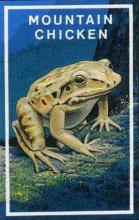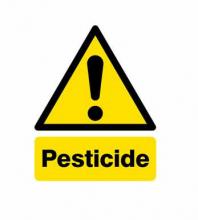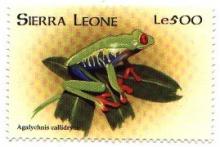
The Mountain Chicken isn’t a fowl, as its name suggests, but a frog. Kimisha Thomas, hailing from the Caribbean island nation of Dominica, remembers a time when she could find these amphibians or ‘crapaud’ as locals call them “just in the backyard”. Known also as the Giant Ditch Frog, these creatures form a crucial part of Dominica’s national identity, with locals consuming them on special occasions like Independence Day. Today, hunting mountain chicken is banned, as the frogs are fighting for their survival. In fact, scientists estimate that their numbers have dwindled down to just 8,000 individuals. Locals first started noticing that the frogs were behaving abnormally about a decade ago, showing signs of lethargy as well as abrasions on their skin. “Then they began to die,” explained Thomas, an officer with Dominica’s environment ministry. “People also started to get scared, fearing that eating crapauds would make them ill,” she adds. In fact, this fear was not far from the truth; preliminary research has found that Chytridiomycosis, an infectious disease that affects amphibians, was the culprit for the wave of deaths. Besides the mountain chicken, there has been a sharp decline in the population of the sisserou parrot, which is found only in Dominica, primarily in the country’s mountainous rainforests. Thomas says large-scale destruction of the bird’s habitat is responsible for its gradual disappearance from the island. Dominica is not alone in grappling with such a rapid loss of species. According to the Red List of Threatened Species, one of the most comprehensive inventories on the conservation status of various creatures, some 2,599 of 71,576 species recently studied are thought to be endangered.









